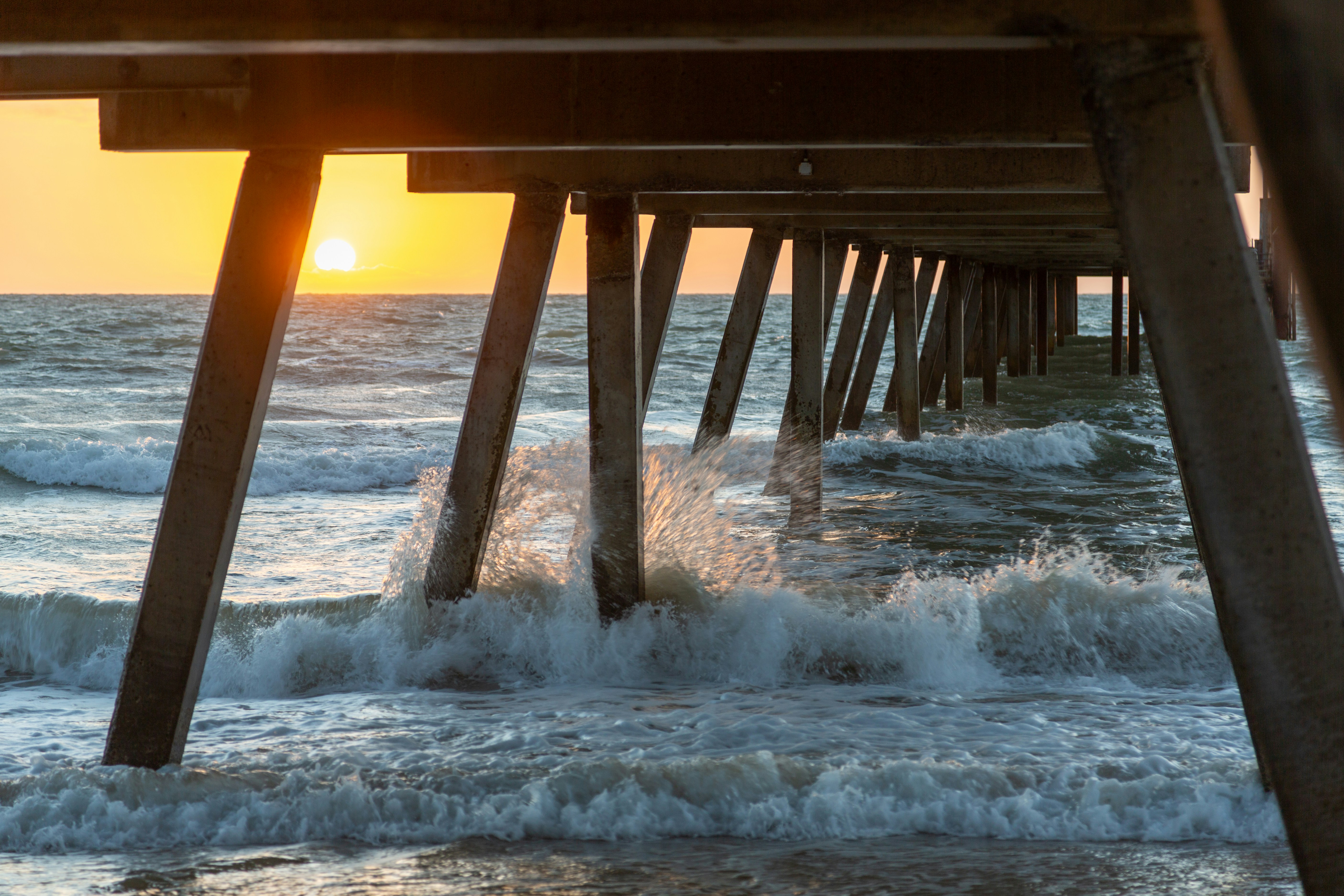
By Rachel McDonald, the Australian Science Media Centre
This week, a species of algae never previously identified in Australia was revealed as the source of toxins found in South Australian shellfish and causing respiratory problems along beaches as part of the ongoing algal bloom across the state.
A study currently undergoing peer-review used various testing strategies to identify five dominant species of algae; Karenia cristata, Karenia mikimotoi, Karenia brevisulcata, Karenia longicanalis and Karenia papilionacea.
Study author Shauna Murray from the University of Technology Sydney told an AusSMC briefing that Karenia cristata was the most abundant species in most of the samples used for the study, despite having never been previously identified in Australian waters. Karenia cristata produces brevetoxins, marine toxins that began appearing in SA shellfish in May 2025, leading to closures of harvesting areas. Brevetoxins are neurotoxins that can cause poisoning when consumed above safe levels in shellfish, and they can also cause respiratory problems when inhaled.
While the algal bloom is posing a range of new challenges for South Australia, the story is all too familiar for the US state of Florida, which experiences algal blooms of varying size on an annual basis, often known as a red tide.
Dr Cynthia Heil, Director of the Mote Red Tide Institute Mitigation Research Program in Florida told the AusSMC that the state had been managing algal blooms for 50 years now.
"Every year we get a bloom. We have a bloom right now, but it's very small. Some years they're small, thank heaven, Some years, they're quite extensive, comparable to the bloom that Australia has right now."
Karenia brevis is commonly present in Florida's algal blooms, a brevetoxin-producing species that has not been detected in South Australia. Dr Heil said with 50 years of data, the state has a system to manage commercial shellfish beds, shut them down when brevetoxin levels get too high for human safety, and re-open them when the toxins in the shellfish tissue drop back down to safe levels. She said this system meant people rarely got sick from eating shellfish in Florida even during blooms.
"Our main problem is respiratory irritation at the beaches," she said.
Dr Barbara Kirkpatrick from Texas A&M University has researched the respiratory impact of brevetoxins in Florida - symptoms that are also being reported now in South Australia. Her study followed a cohort of people with asthma over 11 years, and their experiences visiting the beach during a red tide and without a red tide for an hour.
"What we found is people had increased symptoms and decreased pulmonary function, lung capacity, especially air flow after that one-hour exposure," Dr Kirkpatrick said.
"Probably more of interest is that those impacts lasted for three to five days after that one-hour beach exposure, so clearly, it was a trigger for asthma for people who live in our community."
She said they had measured the impact of airborne algal toxins up to 1.6 kilometres inland, but had not yet been able to secure funding to investigate anecdotal reports of symptoms further inland.
"We also have documented that there are increased emergency room visits during a red tide for respiratory illness, gastrointestinal illness and neurological illnesses," she said.
Dr Murray said while the brevetoxins released by Florida's red tides came from a different species, the concentration of toxins in South Australia's Karenia cristata samples appeared similar to Florida's Karenia brevis samples, so the lessons learned in Florida meant researchers weren't entirely starting from scratch in researching the South Australian bloom.
"I think that the Florida results are a great starting point for the research that we need to do in South Australia," she said.
Florida's red tides also stand as an example of the challenge of understanding the algal bloom, especially when it comes to determining the exact cause of the bloom and what might make it go away.
"Other countries, like we heard from Cynthia and and Barbara in the US, have more than 50 years of fairly intensive research on this, and they still have quite a number of different factors involved in their blooms, and they're still refining their understanding of that," she said.
"We have only had one bloom that's not over yet, so I don't think that we're going to be able to establish the factors at the moment."
Dr Heil said a challenge they had communicating the blooms to the public was that people often want a simple explanation for why they happen.
"We want to blame somebody, and we want an easy answer. And with Karenia, our experience, it's not that simple. You can't do that," she said.
Dr Murray said because this was one of the first reports of brevetoxins outside the south-eastern US coast, South Australia's algal bloom had significance across Australia and internationally, and researchers from across the country and overseas would need to work closely together to build their understanding of harmful algal blooms.
"We need to be sharing ideas and data and helping each other out because it's South Australia at the moment, but it'll be a different bloom of a different species in NSW next year, and so on and so forth," she said.
Dr Heil added that scientists had been seeing an increase in harmful algal blooms over the past 30 years.
"Different species are blooming in different places with different toxins at different frequencies, and this is almost a symptom of that ongoing change that we're seeing in coastal waters," she said.
"So there's a lot of new species and new toxins that communities are having to cope with in terms of public health and environmental health globally."
This article originally appeared in Science Deadline, a weekly newsletter from the AusSMC. You are free to republish this story, in full, with appropriate credit.
Contact: Rachel McDonald
Phone: +61 7120 8666
Email: info@smc.org.au